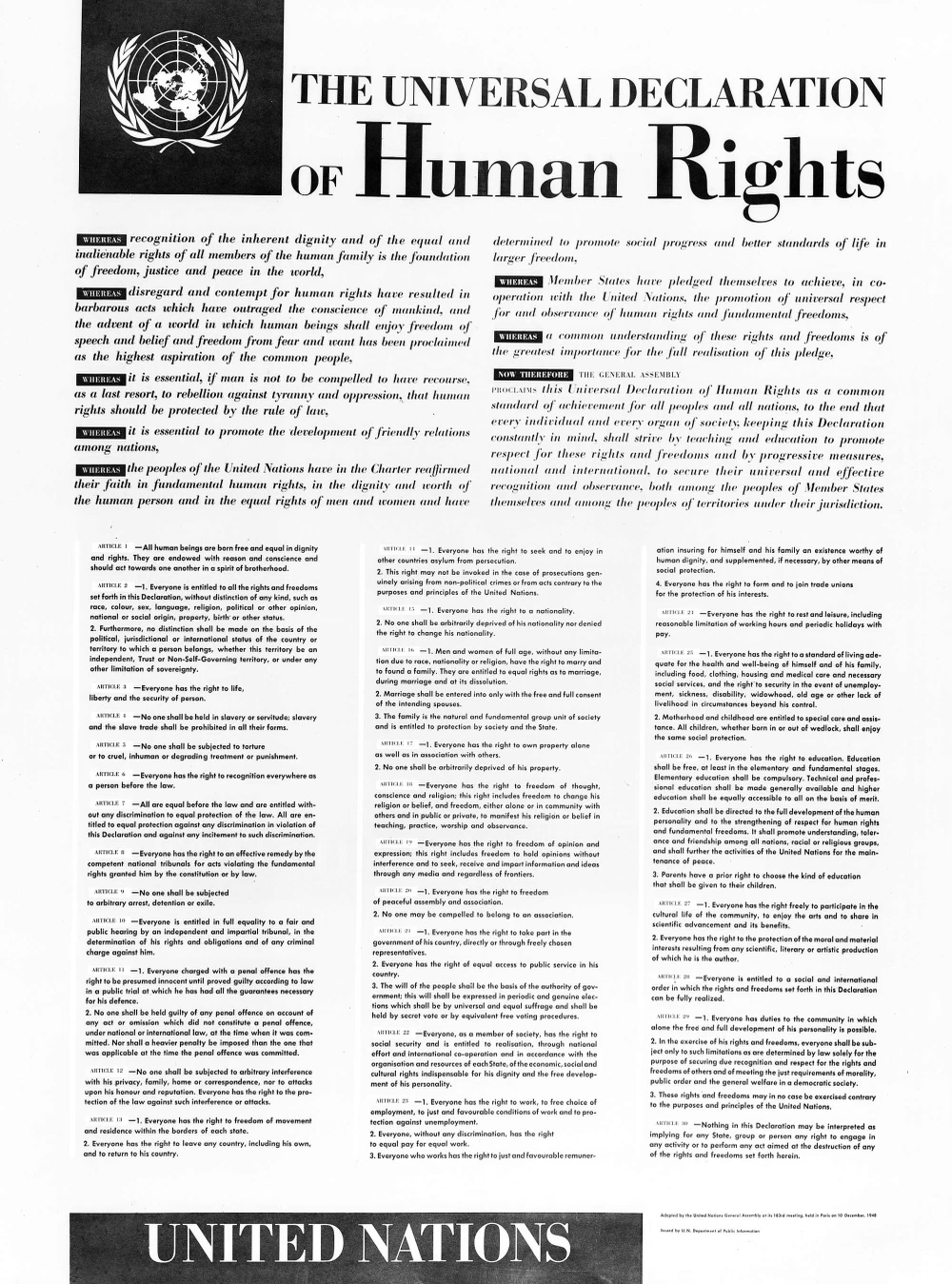-
Liberté et vivre ensemble
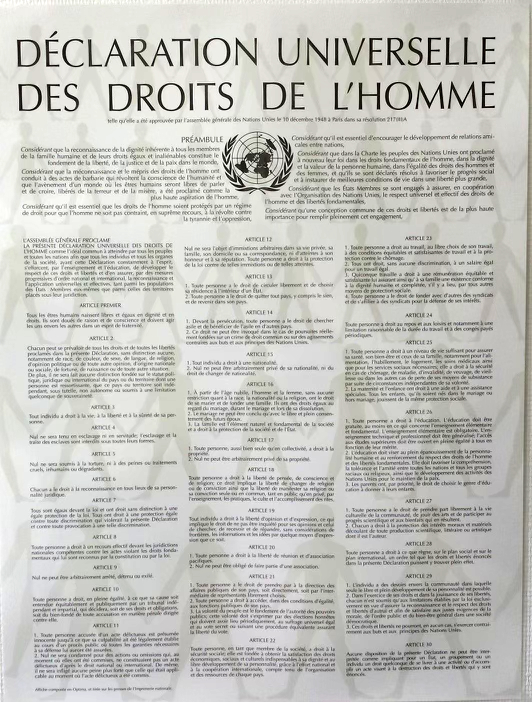
Les philosophes des Lumières, et les libéraux de la Révolution française désiraient trois choses avant tout: du pain, la liberté de conscience et l’abolition des privilèges. Le droit à une vie décente ne devrait pas être marchand. Avoir un toit et avoir du pain ne devrait pas être monétisé. Les révolutionnaires ont défilé en réclamant…
-
Zero emission transport
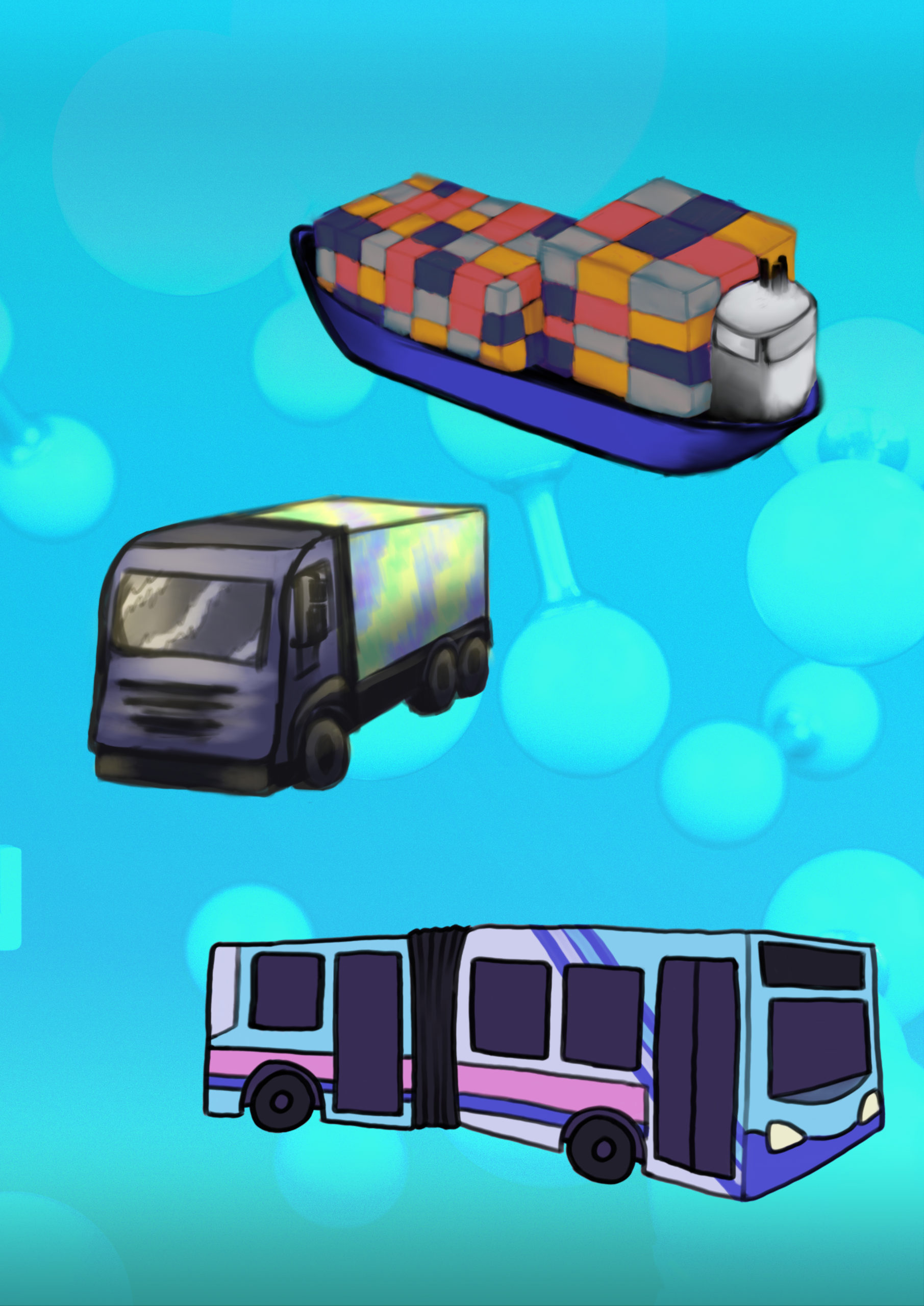
Producing hydrogen by electrolysis of water using various primary sources of carbon-free energy (wind, sun, water) could prove useful for trucks (which contribute 25% of CO2 emissions in the transport sector), public transport and boats. Unlike electric cars, which consume lithium, the use of which is harmful to the environment, hydrogen produced by electrolysis of…
-
Le transport zéro émission

Produire de l’hydrogène par électrolyse de l’eau en exploitant diverses sources primaires d’énergie décarbonées (vent, soleil, eau) pourrait s’avérer utile pour les poids lourds (qui contribuent à 25 % des émissions de CO2 dans le secteur du transport), les transports publics et les bateaux. En effet, contrairement aux voitures électriques qui consomment du lithium dont l’exploitation est…
-
Stop the all-concrete approach

Concrete dominates today’s buildings. And yet it has major shortcomings. It consumes a lot of water and energy, produces a lot of CO2 and lasts only 80 years at best for reinforced concrete. What’s more, it doesn’t provide sufficient protection from the heat, leading to increased use of air conditioning, which in turn exacerbates global…
-
Fair trade and organic farming
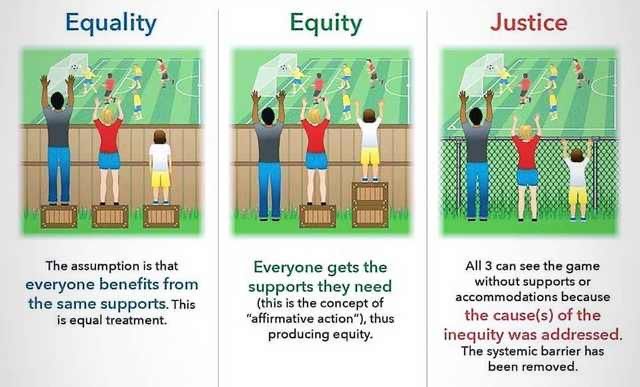
I’ve heard a lot of good ideas about fair trade and organic farming, but I have a few thoughts and reactions. First of all, I think it’s excessive to imagine a substantial change based on consumers paying more. In most European countries, our producers are paid a pittance by the middlemen because they are able…
-
Protecting water
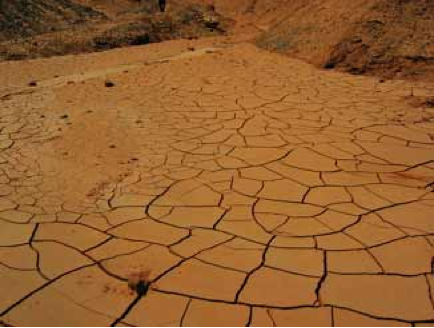
We recently received instructions to save water. We all agree that water is a precious resource that must be preserved. Why aren’t the big water consumers targeted by these measures? Intensive corn, cotton and soya farming (including in deserts and devastated forests), concrete buildings, golf courses or clothing manufacturing consume a lot of water. What…
-
Stop au tout-béton

Le béton domine les constructions actuelles. Or il présente de gros défauts. Il consomme beaucoup d’eau, beaucoup d’énergie, produit beaucoup de CO2 et ne dure que 80 ans au mieux pour du béton armé. De plus, il ne protège pas assez de la chaleur et développe ainsi l’utilisation de la climatisation qui accentue le réchauffement…
